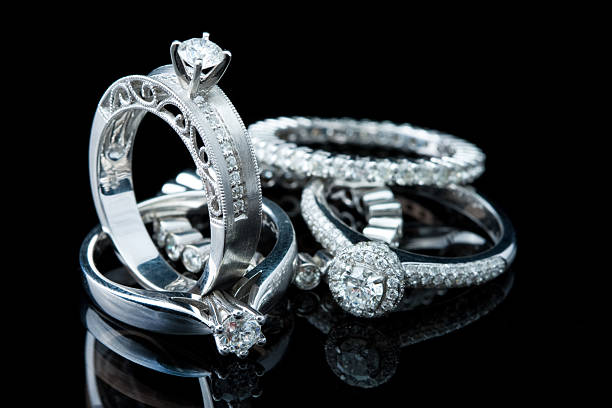The History of Alexandrite All Entries

There are some gorgeous gemstones out there but none quite as interesting or breathtaking as Alexandrite. Let’s take a look at the interesting history of this rare color-changing stone, which is known by gem experts as an “emerald by day, ruby by night.”
Discovery
Alexandrite was first discovered in 1834 in the emerald mines of the Ural Mountains in Russia. Miners gathered up the stones and took them to camp at the end of the long day. While looking at them by firelight, the miners noticed that the stones weren’t green anymore. Instead, they shone a bright red. In the morning light, the stones looked green once again.
The miners knew that they had just made a spectacular discovery.
Name
The newly discovered gemstone needed a name, and in 1839 it finally got one. Finnish mineralogist Nils Gustaf Nordenskiöldgave, who helped discover the stone, gave it the name Alexandrite to honor the young prince of Russia, Alexander II. The day of the stone’s discovery happened on the future Tsar’s 16th birthday, April 29, 1834.
Legacy
Alexandrite also became very important to the country because its colors, red and green, matched imperial Russia’s national military colors. Unfortunately, the mines in the Ural Mountains had a limited supply of the stone and soon there was no more to be found there.
Deposits of the stone were later discovered in other countries around the world. These days most of the world’s Alexandrite supply is mined in Tanzania, Brazil, and Sri Lanka. These stones’ colors don’t quite change colors as brilliantly as the 19th-century stones that came from Russia but are still incredibly mesmerizing and beautiful. The stones have been found to come in a variety of colors ranging from pink to yellow, gray, blue, and purple.
Fun Facts
- Nowadays, Alexandrite is known as the birthstone for June, along with pearls.
- It’s also the stone that traditionally marks a couple’s 55th wedding anniversary.
- The stone is incredibly rare and is the most valuable variety of the mineral chrysoberyl.
- Alexandrite’s unique color-changing abilities are caused by the presence of iron, titanium, and chromium.
- The stone ranks at an 8.5 on the Moh’s hardness scale. This means that the stone is incredibly durable and is perfect for jewelry making and regular wear.
- Many believe the stone promotes romance, making it the perfect gem for engagement rings.
If you’re looking to sell your Alexandrite or gemstone jewelry, contact Ralph Mueller and Associates or call 480.949.9229 for more information. We are certified by the GIA and can give you an honest and fair estimate for your most precious stones.